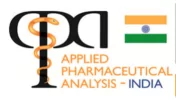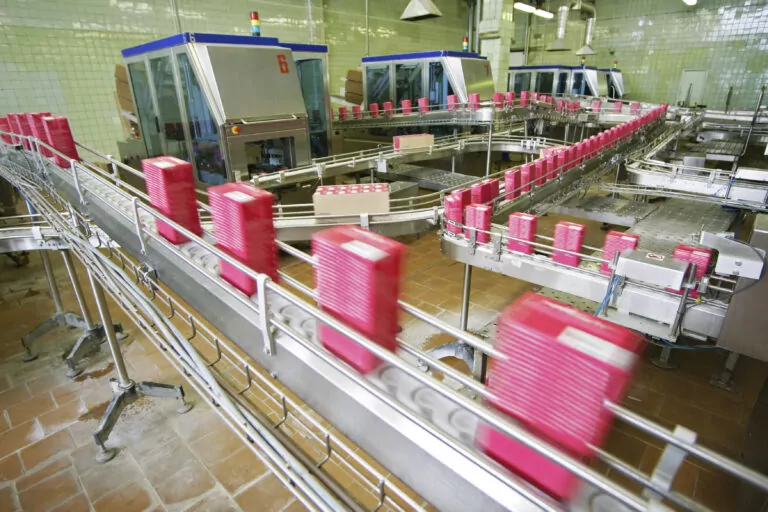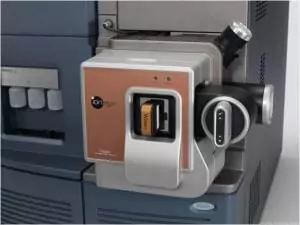Characterizing Extractables from Packaging Materials
Characterization of packaging in various industries has become more important due to ever-increasing global regulations. The first regulations for plastics used in food packaging and contact materials were established in 1982 in Europe1, which have been expanded in recent years.2 In the pharmaceutical field the need for extractables testing was recognized in the 1990s.3 Manufacturers…









